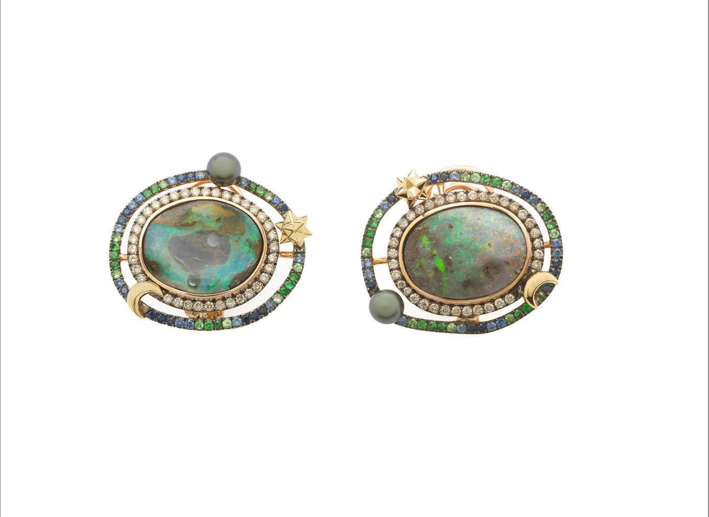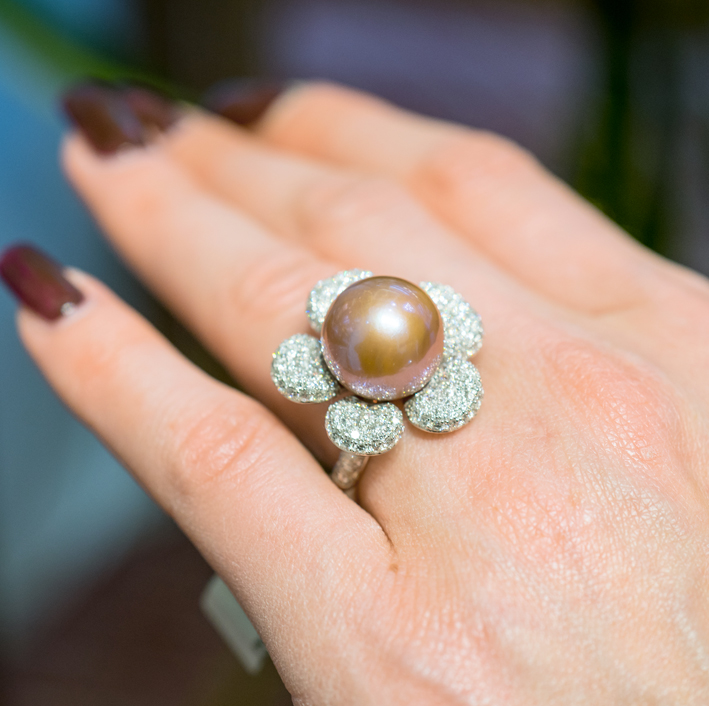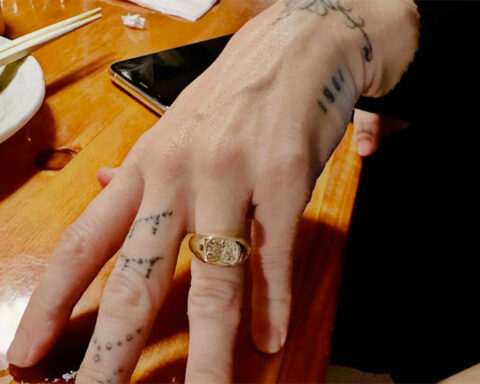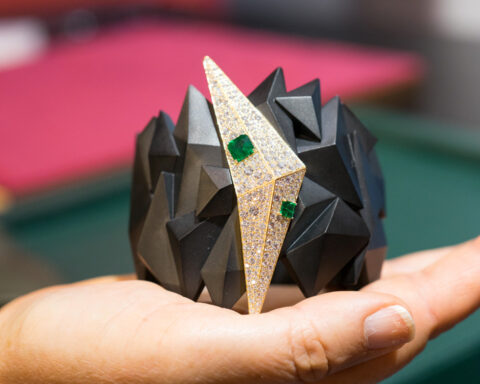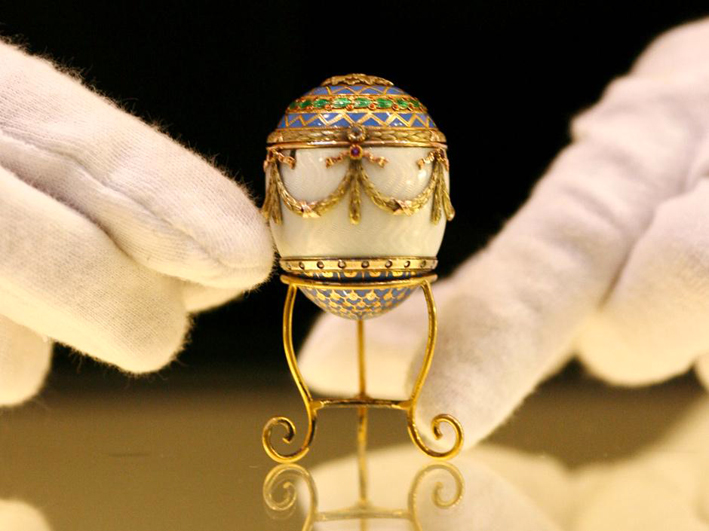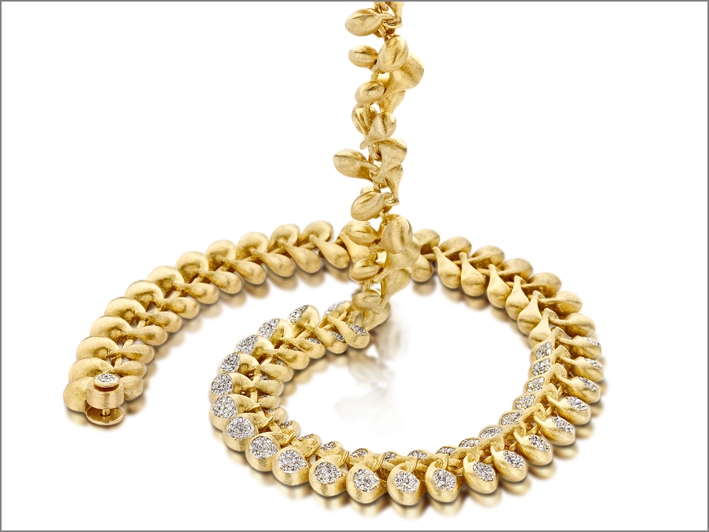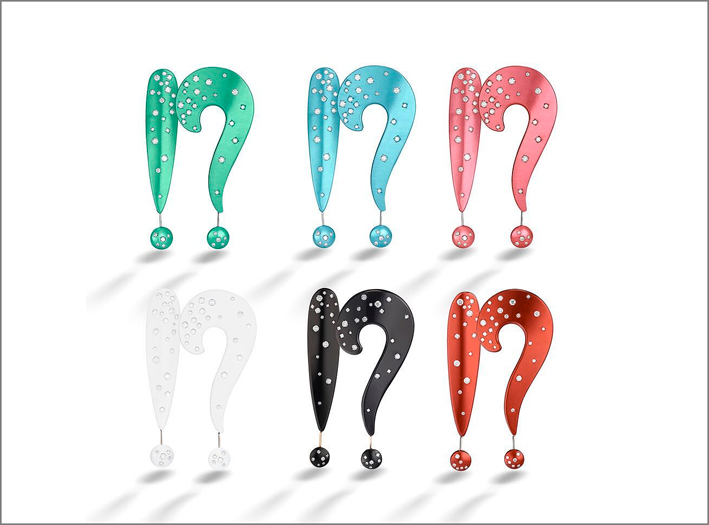Did you know that light and heat can ruin your jewelry? Yet it is so. There are many jewels that can be compromised due to continuous exposure to light and too high a temperature. And it is not a question of the flame of a fire, but of simple solar heat. Here, then, which jewelry you need to protect your jewelry from light and heat.
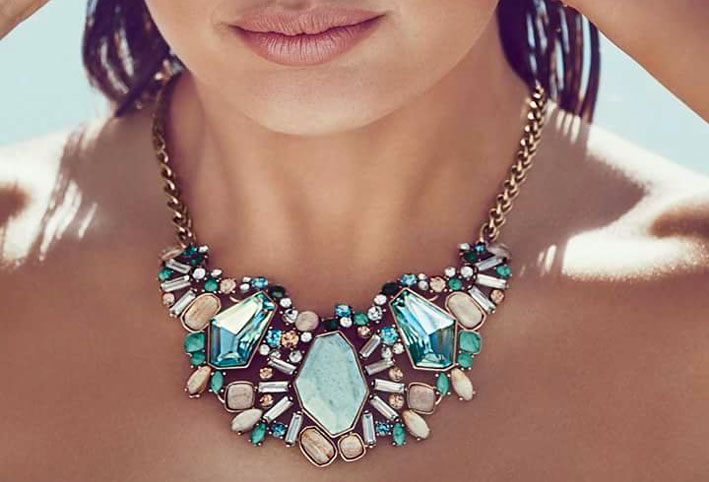
The jewels at risk with light
First of all, it is better to clarify: not all jewels are sensitive to light and heat and, even those that are, have different degrees of criticality. An 18K gold bracelet will not have too many problems. The jewels most at risk, on the other hand, are those that use stones or other delicate materials: just like the skin or fabrics, the sun’s rays can compromise their color, which can fade. Too much light (beyond what is necessary for a simple use of the jewel) can also seriously damage their structure. The jewels at risk are those with delicate materials such as amber, ivory, pearls.
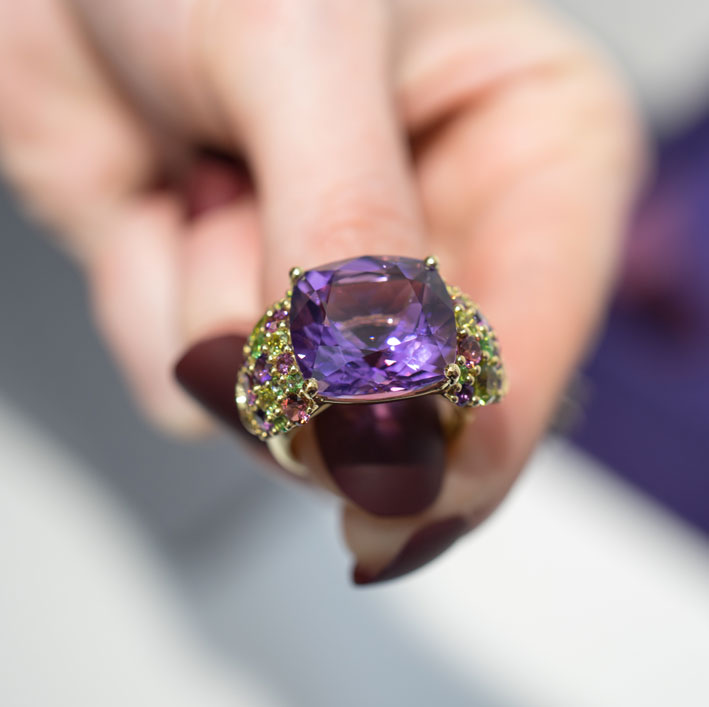
But also with precious stones such as amethyst, kunzite, topaz, or cameos made with the engraving of a shell. Pearls and ivory, for example, are elements that turn whiter when exposed to extreme light. For a colored pearl, such as the black ones from Tahiti, the light can cause considerable damage. On the contrary, amber becomes darker if exposed to the sun for a long time.

The jewels at risk with heat
So much heat and then sudden cold, for example in the summer when you go from the beach to an air-conditioned room, is a risk factor for stone jewelry. Sudden changes in temperature, in fact, can crack stones or more delicate materials. Pearls, for example, could dry out, break and discolor if they lose the moisture they need. But even stones like opals can change color and suddenly turn white or dark, and tiny cracks can appear on the surface, which in the long run can compromise the structure of the stone itself. There is also another reason to fear the heat. Many colored gemstones, in fact, are subjected to strong heat to improve the color and, in some cases, to make them even more transparent. Not only that: they are also often treated with solvents, steam and ultrasonic cleaners. These treatments can make the gem more attractive, but also more delicate. In short, don’t leave a stone ring in the sun for a long time.

These are the most delicate gems
According to the ranking drawn up by Gia, among the stones most susceptible to heat and temperature changes, regardless of whether they are treated or not, there are tanzanite, feldspar (sun stone and moonstone), fluorite, iolite, kunzite, lapis lazuli , malachite, opal, topaz, turquoise, zircon.

How to clean delicate jewelry
Use a dry, soft-bristled toothbrush. Use the toothbrush to remove any debris, crumbs, or dirt that has stuck to the jewelry, but do not scrub too hard. Use distilled water or, in any case, non-calcareous, warm water with a few drops of detergent (a few) or soap. Clean with soapy water and then rinse. Dry with a microfiber cloth.
